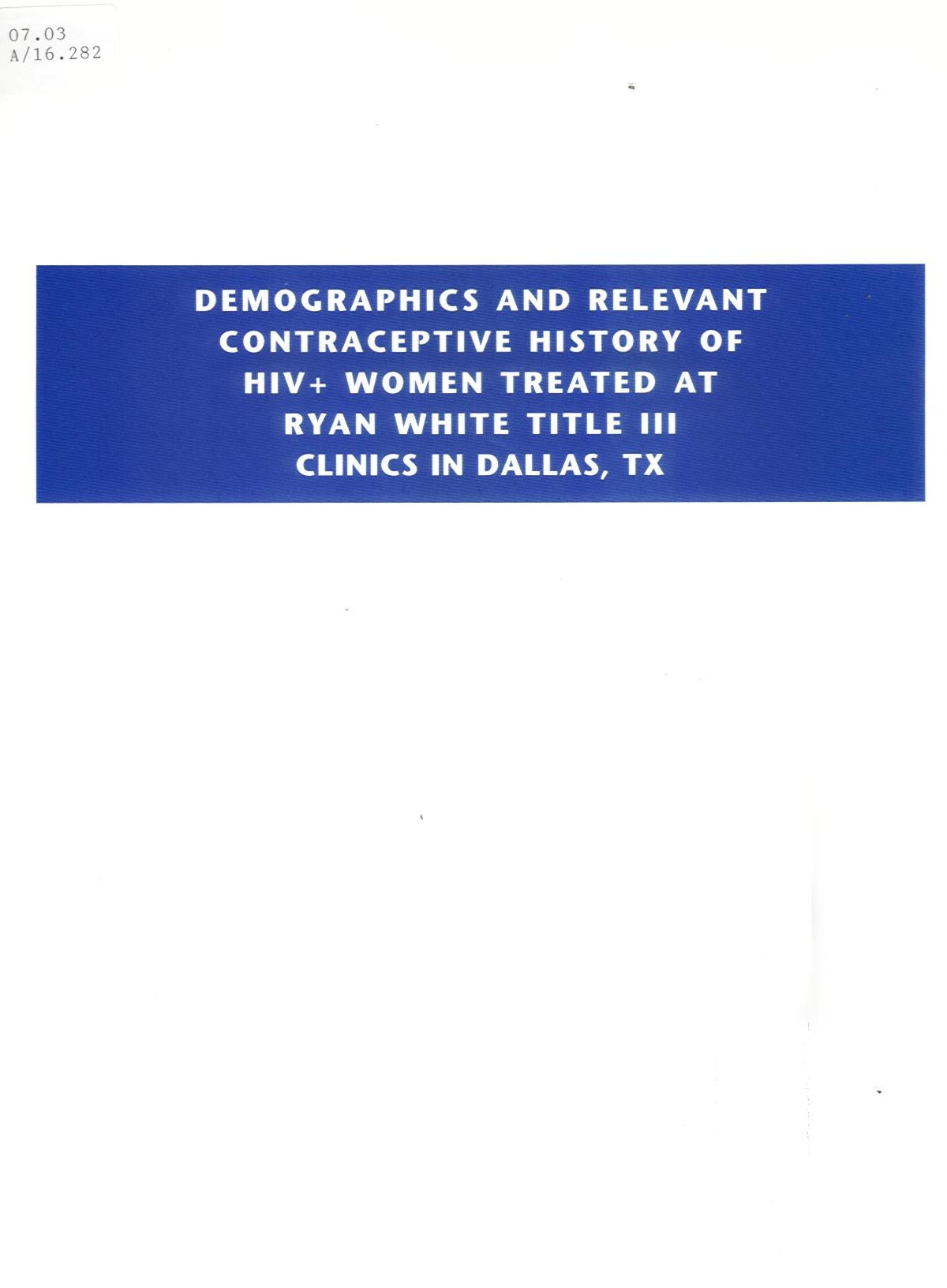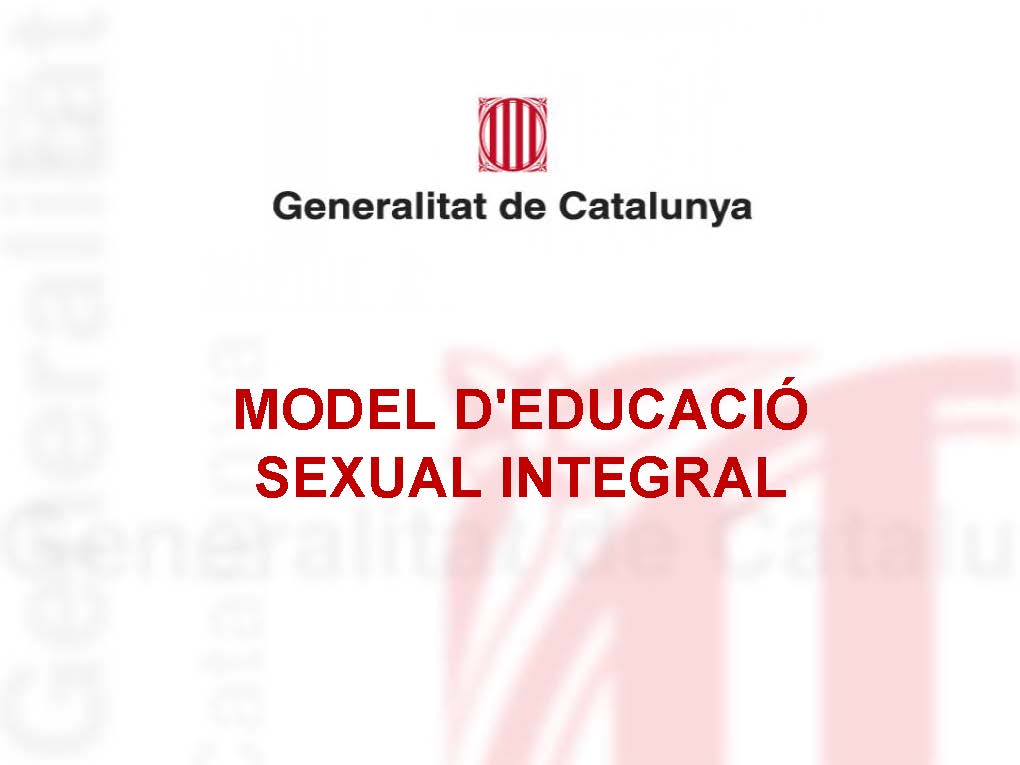Resumen
Migrants are considered a key group at risk for HIV infection. This study describes differences between migrants and the Spanish-born population as they progress through the HIV care cascade in Catalonia, Spain. This study found that among people reached by prevention activities, migrants had a higher number of barriers to access HIV testing services than Spanish-born people, driven primarily by shared risk factors. Between 2001 and 2013, 9829 new HIV diagnoses were reported in Catalonia, the proportion of migrants increasing from 24% in 2001 to 41% in 2013. Compared with Spanish-born people, migrants had a higher proportion of women at diagnosis (24·6% vs. 16·7%), and were younger (median age of 33 vs. 37). The most frequent at-risk population was MSM (men who have sex with men) in both migrants and Spanish-born people, (40% and 43%, respectively), although there were significant differences by region of origin. People from sub-Saharan Africa had the highest proportion of late diagnosis (63·7%). Compared with the Spanish-born population, migrants on follow-up had a lower proportion of people on antiretroviral therapy (ART) (93·7% vs. 90·8%, P < 0·001) and with viral suppression (87·2% vs. 82·9%, P < 0·001). Migrants have higher number of barriers to access HIV testing services, lower retention rates and proportions on ART as compared with Spanish-born people, these differences not being uniform between migrants from different regions.






